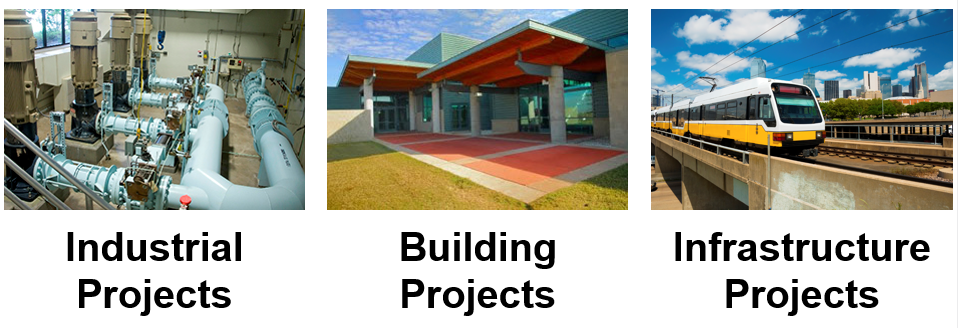The importance of effective project status reporting
Are you responsible for municipal capital projects?
When it comes to projects, how much does your municipality plan to spend this year? How much did it spend last year? Are you meeting your annual program budget?
Surprisingly, many municipal organizations aren’t able to spend their budgets for planned capital projects. At face value this might seem like a good problem to have, but the ramifications are significant from both a financial perspective, and a best use of resources perspective. Meeting budget targets are a challenge for any organization, but even harder for municipalities.
Municipal capital projects are complex.
There are many, many layers of stakeholders involved in municipal projects – within the project team, the organizational department, other departments, the city counsel, consultants, other levels of government, and of course the public. The list is long. Decisions are made today to predict how the municipality will evolve over the next 5, 10 or even 25 years. There are also substantial interfaces; interfaces with other jurisdictions, existing infrastructure (roads, pipes, electrical, etc, etc, etc), and even other public works projects. Projects get started, stopped, started, stopped and shelved for years for many legitimate reasons. Municipal projects are hard.
Project Status Reporting
Due to this complexity, transparency on the status of projects, and alignment of internal stakeholders is hugely important, especially when it comes to setting an annual budget.
If a project gets stopped could those resources be directed elsewhere? Has money been borrowed to complete projects that are now in stasis?
Project status reports are an essential component of strong communication with both municipal leaders and project teams. Implementing a consistent project status reporting process across all projects that provides timely reporting of deviations is an essential element to achieving predictable project performance. Construction Industry Institute (CII) research shows that organizations where project managers regularly prepare and share project status reports consistently achieve increased levels of transparency and accountability.
Project status reports are normally prepared by the project manager. The objective is to efficiently communicate plan versus actual progress, and forecast future progress based on current trends. For example, typical components of a project status report for a small industrial project, like a SCADA system upgrade should include:
- A narrative summary of project scope, current progress and planned worked
- Cost and schedule progress
- Status of key project milestones
- Issues and risks
- Project interfaces with operations and/or other projects
Our experience working with municipalities is that improved project status reporting will significantly increase accountability to the annual program budget. Organizations that implement a best in class project status reporting process will achieve:
- predictable project performance and increased confidence in project delivery,
- transparency on project status as projects move through each phase of delivery, and
- open and effective communication between stakeholders.
That’s good news for everyone involved.
The Challenge
Some key challenges to consider when working to achieve an effective and efficient project status reporting process include:
- Maintaining consistency. There is no standard template for project status reports across the industry. Every contractor and owner has varying degrees of implementation of this practice.
- Establishing your expectations upfront is critical.
- Timely reporting cycles. Timely reporting of cost and schedule deviations has a strong influence on achieving predictable project performance. This provides everyone the best opportunity to generate proactive strategies to address challenges.
- Internal review and visibility. The project status reporting process should incorporate a review process that provides for internal visibility on project status.
The Solution – What can we do??
Over the past few years, Valency has had an opportunity to work with municipal clients to develop project status reporting guidelines and templates to meet the specific needs of municipal projects. These tools were built in accordance with Project Management Institute (PMI) and Construction Industry Institute (CII) best practices.
Is project status reporting an area where your municipal department struggles?
Our implementation consultants can work with your team to:
- Design a project status reporting process that integrates with your organization’s existing project systems and tools, and aligns with both PMI and CII best practices.
- Customize our guidelines and templates to meet your specific needs.
- Develop an implementation plan for successful roll-out.
- Build the supporting training materials. We recommend utilizing Valency’s PMI/CII accredited course called Introduction to Project Status Reporting for Municipalities. Designed specifically for municipalities to incorporate the specifics of your organizations process, tools and procedures.
If you are interested in learning more, give us a call or reach out to us today at , 519-883-7136.




